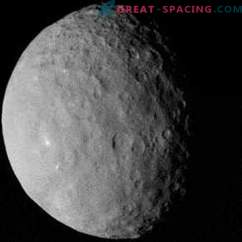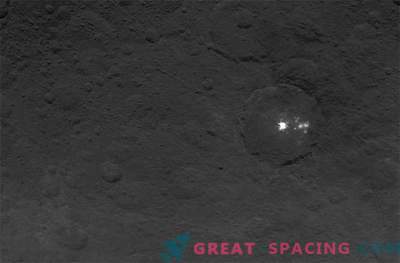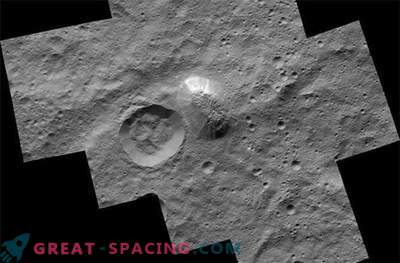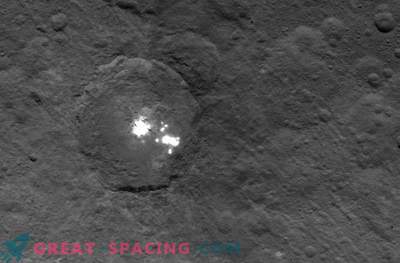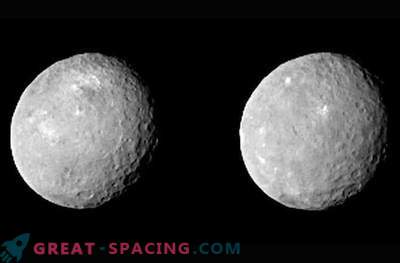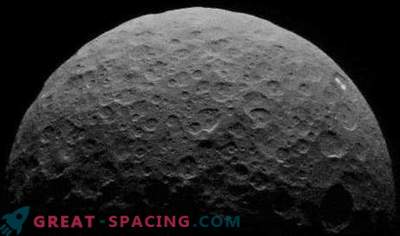
Opening the doors in the sacred halls of science, on Wednesday, researchers welcomed the public's help in solving a number of mysteries of the dwarf planet Ceres.
Of all the dwarf planets, we know Ceres as the most mysterious. Recently, scientists have discovered two bright spots on its surface. What could they be?
NASA's space probe Dawn, which traveled seven and a half years, and traveled 4, 9 billion kilometers (3 billion miles) to reach the planet Ceres in March of this year, was the first in orbit of a dwarf planet.
The probe tends to learn more about the structure of Ceres, which wraps around the Sun between Mars and Jupiter, in an attempt to better understand the formation of the Earth and other planets.
But many of the peculiarities of Ceres forced the researchers to wrestle - including a large ledge of 6 km (4 miles), which they dubbed “Lonely Mountain”.
“We hardly understand how this mountain originated, and we still receive many theories from the public,” said Christopher Russell, principal researcher at the Dawn Space Conference in Nantes, Western France.
One probe fan sent a message to Russell that the mountain reminded him of some ice structures that he saw in the forest several years ago while living in the US state of Arkansas. “These ice structures just grow out of the ground. Each was a stone or something similar with a protected surface, keeping it cool, ”said Russell in the description of the ice.
“Maybe our lonely mountain was some kind of ice construction,” said the scientist, adding: “We accept hypotheses if they are serious.”
Russell said “many hypotheses” came from the public, but did not give the exact number.
First, the declaration of the planet, the asteroid, the “dwarf planet” with some features of the moon - the more scientists learn about Ceres, the more it becomes strange.
“We have no idea what it is ... because of what it is,” said Russell, when he pointed to a blue ring on the map of the planet.
Then, another inexplicable attribute: “Again, I am sorry, we did not find out the origin of this white material. We think it's salt. ”
Scientists hope to find out more when Dawn comes closer - from October to December - the spacecraft will descend from its low and final orbit at an altitude of 375 kilometers (233 miles).
The probe will continue to take pictures of Ceres and collect data at a higher resolution.
